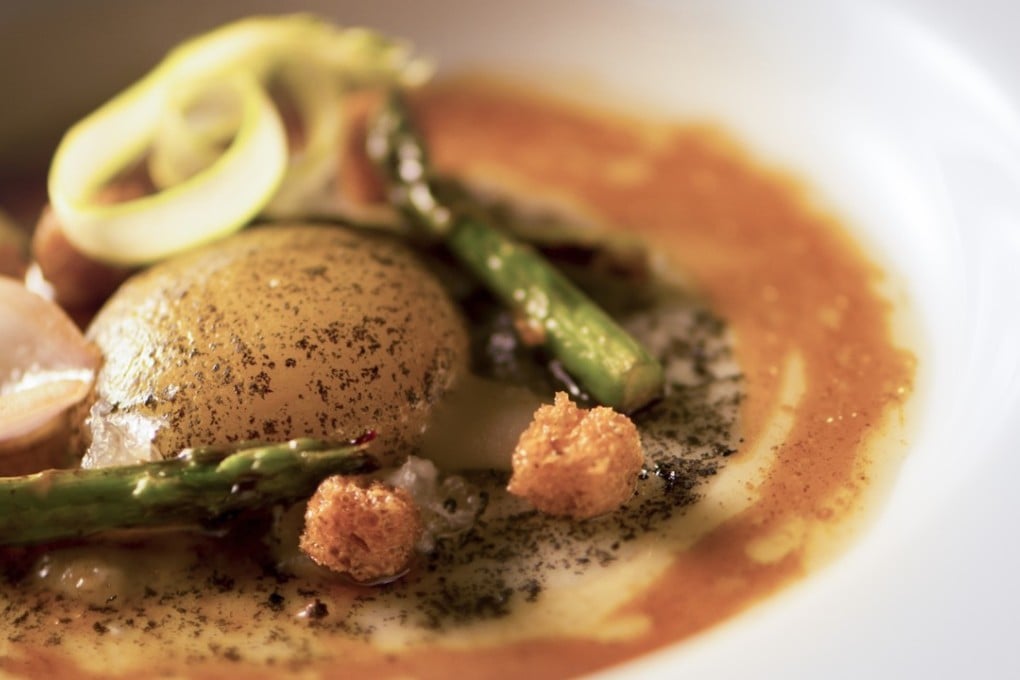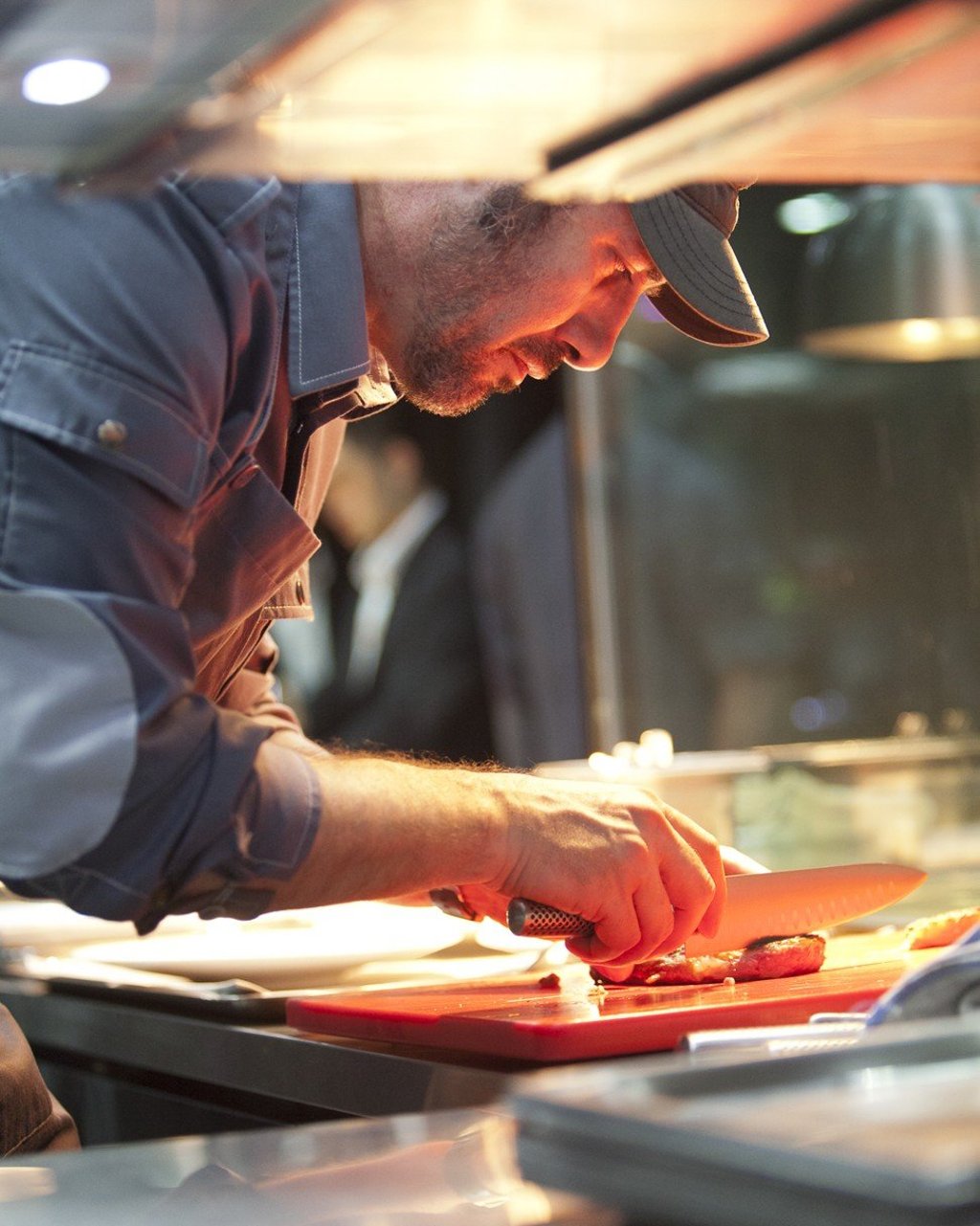Michelin Guide Shanghai 2018 unveiled: Ultraviolet joins three-star category, but where is the local cuisine?
French chef Paul Pairet’s immersive fine-dining establishment joins T’ang Court in the top category and four new restaurants get their first stars, but critics say there are not enough classic Shanghainese restaurants included

The restaurants to be included in the second Michelin Guide Shanghai were announced last week, with 30 establishments receiving at least one Michelin star (four more than last year) and a further 27 awarded Bib Gourmand status, or “good food at a reasonable price” (two more than last year).
As with last year’s inaugural list – Michelin’s first foray into China – the 2018 results have drawn both compliments and controversy.
Dinner as theatre: behind the scenes at Ultraviolet, Shanghai ‘immersive’ restaurant
The biggest news was the promotion of Ultraviolet, an immersive fine-dining restaurant from French chef Paul Pairet, from two stars to three, where it joins T’ang Court in the top category.
“We hoped we would get three Michelin stars, but it was [still] truly unexpected,” Pairet said. “I’m very proud of my team.”

Ultraviolet was the only restaurant from those starred in the 2017 edition to have its rating changed. Four new restaurants, however, made it into the one-star category: Wujie (The Bund), a vegetarian restaurant which moved up from the Bib Gourmand section; French restaurant Jean-Georges Shanghai from chef Jean-Georges Vongerichten; Yong Fu, which specialises in the cuisine of Ningbo in northeast Zhejiang province; and Bo Shanghai, by Hong Kong’s own “demon chef” Alvin Leung of Bo Innovation.